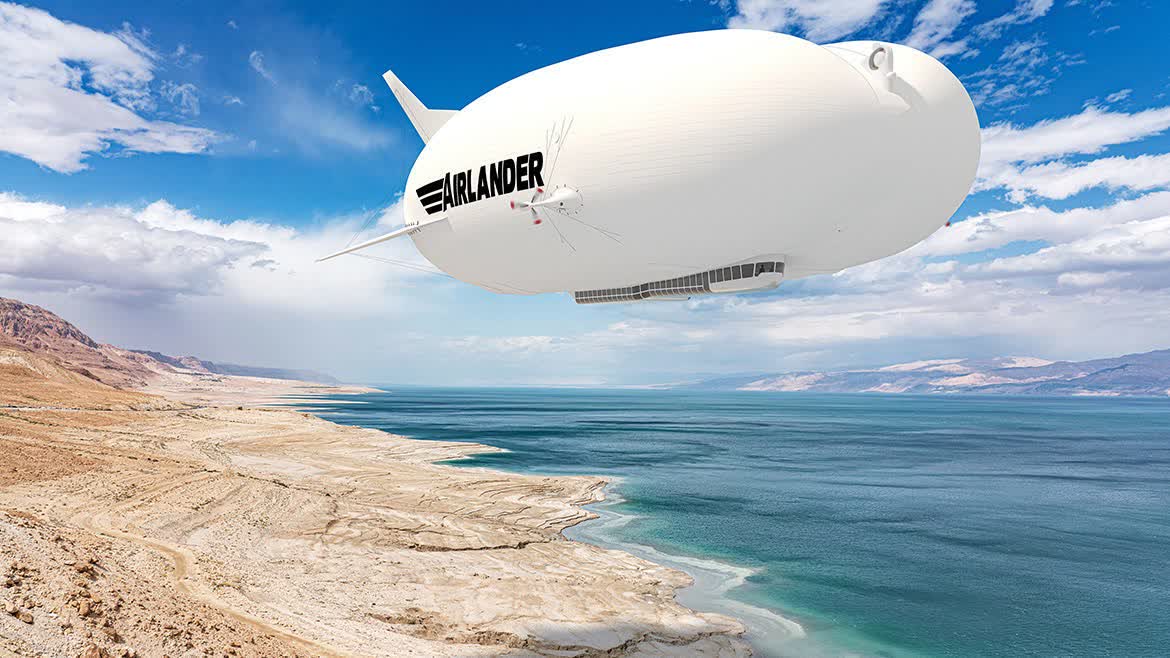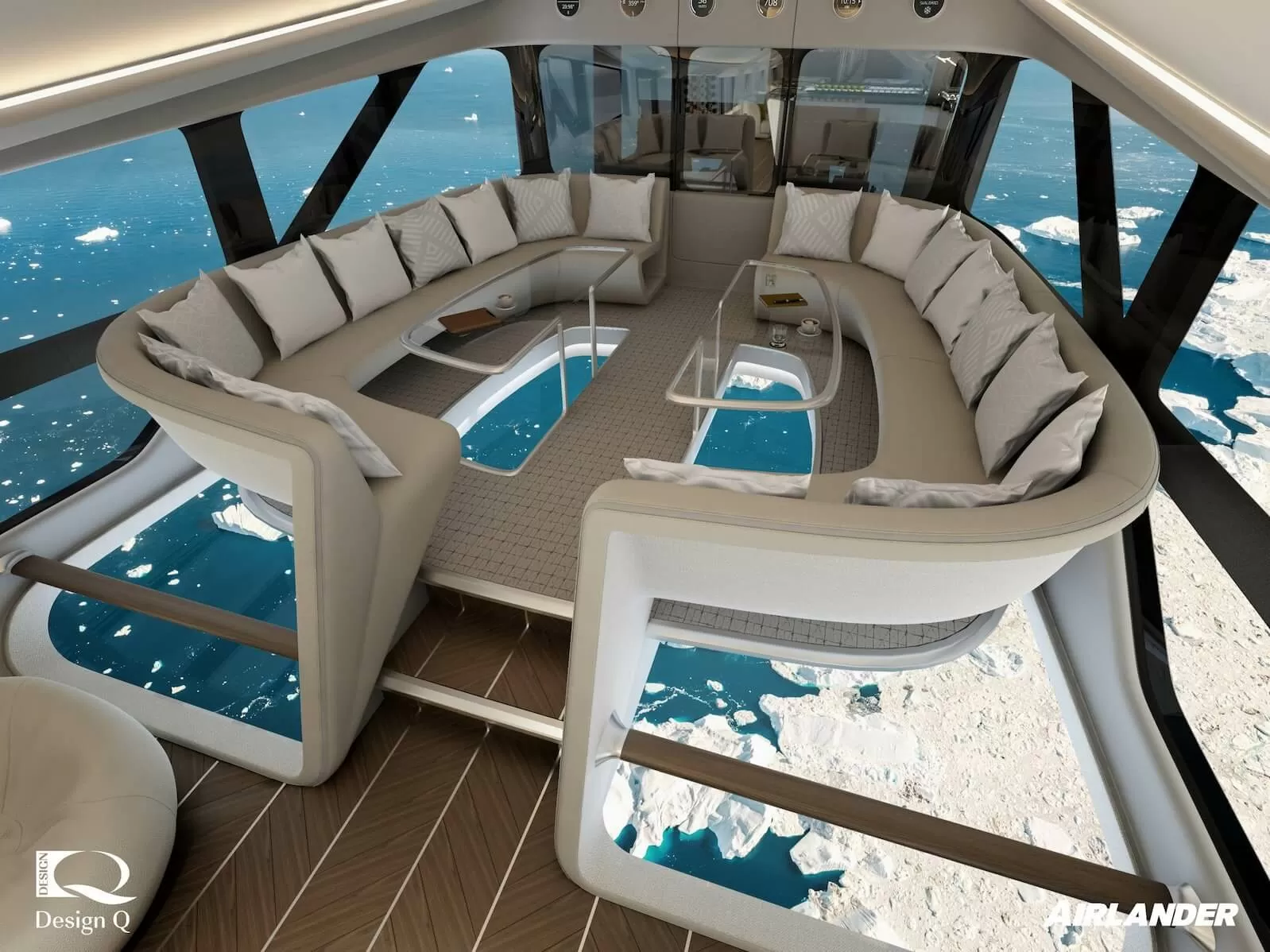Forward-looking: Reducing the aviation industry's carbon footprint isn't an easy task, but a UK company hopes to lower carbon emissions that come from flying by up to 90% through the use of commercial airships for traveling between cities.

The Airlander 10, created by Hybrid Air Vehicles (HAV), uses four combustion engines and offers a 75% reduction in emissions over comparable aircraft. The firm aims to develop a hybrid-electric version of its airship by 2025 that will reduce emissions by 90%. Eventually, it plans to transition all four engines to electric, making it a zero-emissions aircraft.
HAV has named routes for the 100-passenger Airlander 10 that it hopes will be in service by 2025. These include Seattle to Vancouver, which will take just over four hours, and Oslo to Stockholm in six and a half hours. The company said its aircraft was "ideally suited to inter-city mobility applications," which it can complete with "a tiny fraction of the emissions of current air options."
Traveling from Liverpool to Belfast, each passenger in the Airlander 10 would have a CO2 footprint of 4.5kg, whereas a jet plane's per-passenger figure would be 67.75kg.

"This isn't a luxury product it's a practical solution to challenges posed by the climate crisis," said Tom Grundy, HAV's chief executive.
The helium-filled Airlander 10 will be certified to fly in all weather conditions, have a 4,000 nautical mile range, and be able to travel at a maximum altitude of 20,000 feet. HAV said it is in discussions with a number of airlines to operate the routes and expects to make related announcements in the coming months.

The Airlander 10 was originally developed for the US army as surveillance and communications platforms in Afghanistan, but defense spending cuts saw HAV purchase the craft back from the military in 2013 for $293,000. After completing its maiden voyage in 2016, the blimp crashed into the ground on landing during its second test run, though no damage was sustained. HAV previously talked about offering "luxury expeditions" and glass-floored cabins in its aircraft.
https://www.techspot.com/news/89824-company-aims-offer-short-haul-airship-travel-2025.html